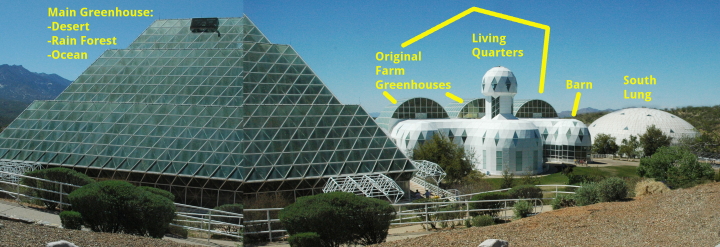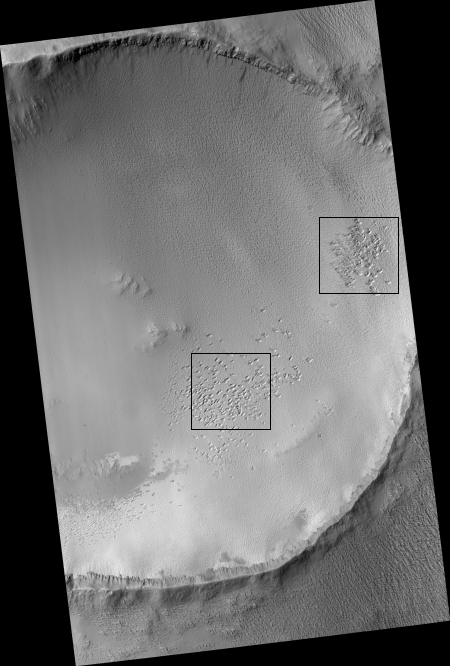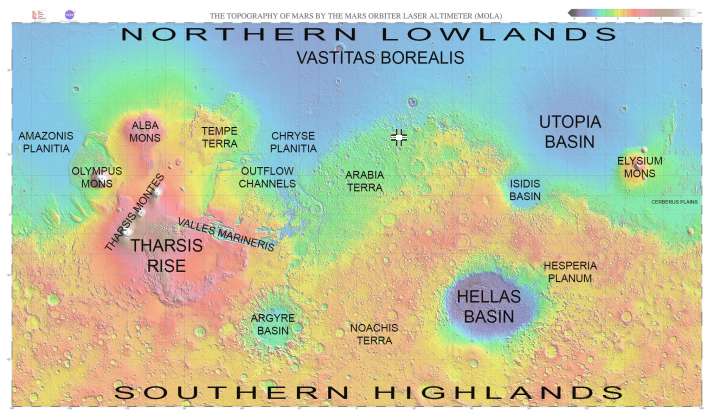“If you have wrongthink, you will not be allowed.”
The fascist, intolerant, and oppressive nature of today’s leftist culture has now gotten so bad that The Atlantic, a liberal publication long considered a reasonable intellectual voice from the left, can no longer tolerate for more than two weeks the hiring of a conservative, even though that conservative, Kevin Williamson, was also a vehement opponent of Donald Trump.
The quote that forms the title of this essay however comes not from the above Williamson story, but from a cogent essay by Ben Domenech, publisher of The Federalist about that intolerant leftist culture. As he says,
This story [Williamson’s firing] is a predictable continuation of the left’s ownership not just of media but indeed of all institutions. It is depressing. It is predictable. And it is where we are as a country now. It is not confined to the realm of ideas. Eich, Damore, Williamson and others are subject to blacklists and HR reports and firing in every arena of industry and culture. If you have wrongthink, you will not be allowed for long to make your living within any space the left has determined they own – first the academy, then the media, then corporate America, and now the public square. You will bake the cake, you will use the proper pronoun, and you will never say that what Planned Parenthood does is murder for hire, and should be punished as such under the law.
As Domenech notes, Williamson’s firing is only one example of a legion of similar stories. There is the fascist intolerance of modern academia for example. Or we can talk about the hateful scapegoating of innocent NRA members, blaming them for a murderer’s violence merely because they wish to defend their Constitutional rights as specifically outlined in the Bill of Rights.
Or maybe we should mention the hate and violence committed against children and students, merely because they either wear a “Make America Great Again” t-shirt or carry signs supporting Trump.
I wish these were only isolated examples. They are not. For most of the second half of last year I was able to post weekly updates listing anywhere from six to several dozen new stories describing this hateful leftist culture. Here are just a few more that I gathered in mid-March but found too depressing to report at the time:
» Read more






